Life
Sign up for our newsletter
We summarize the week's scientific breakthroughs every Thursday.
-
 Neuroscience
NeuroscienceLearning takes brain acrobatics
Brains that learn best seem able to reconfigure themselves on the fly, a new line of research suggests.
-
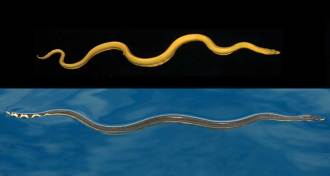 Animals
AnimalsThis sea snake looks like a banana and hunts like a Slinky
A newly identified sea snake subspecies is known to live in a single gulf off the Pacific coast of Costa Rica.
-
 Health & Medicine
Health & MedicineFDA approves gene therapy to treat a rare cancer
The Food and Drug Administration has approved Kymriah to treat a rare cancer. It’s the first-ever gene therapy approved in the United States.
-
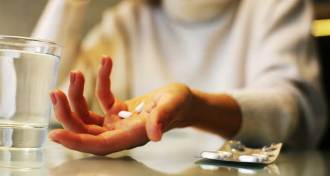 Genetics
GeneticsMuscle pain in people on statins may have a genetic link
Many people stop taking cholesterol drugs because of aches, but it has been unclear if the drugs are at fault.
-
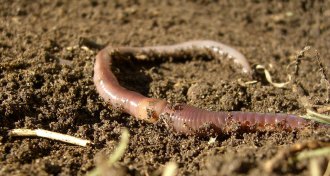 Animals
AnimalsInvasive earthworms may be taking a toll on sugar maples
Sugar maple trees in the Upper Great Lakes region are more likely to have dying branches when there are signs of an earthworm invasion, a new study finds.
-
 Animals
AnimalsBones reveal what it was like to grow up dodo
Scientists take a first look at the inside of dodo bones.
By Susan Milius -
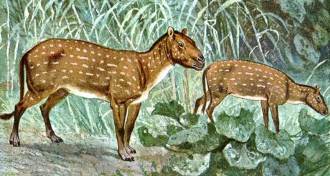 Life
LifeHow horses lost their toes
Fossils reveal that as horses evolved to have fewer toes, they also got stronger and faster.
-
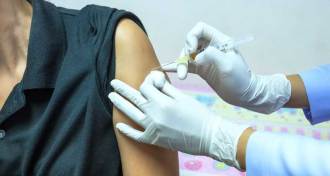 Genetics
GeneticsIf you’re 35 or younger, your genes can predict whether the flu vaccine will work
A set of nine genes predicted an effective response to the flu vaccine in young people, no matter the strains.
-
 Life
LifeWild yeasts are brewing up batches of trendy beers
Wild beer studies are teaching scientists and brewers about the tropical fruit smell and sour taste of success.
-
 Life
Life‘Darwin’s Backyard’ chronicles naturalist’s homespun experiments
In the new book Darwin’s Backyard, a biologist explores Charles Darwin’s family life, as well as four decades’ worth of his at-home experiments.
By Sid Perkins -
 Astronomy
AstronomyInquiries about the moon’s twilight zone, and more reader feedback
Readers had questions about the moon's tidal locking, quantum communication, microneedles and more.
-
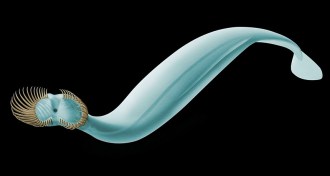 Paleontology
PaleontologyThis ancient sea worm sported a crowd of ‘claws’ around its mouth
A newly discovered species of arrow worm that lived over half a billion years ago had about twice as many head spines as its modern kin.